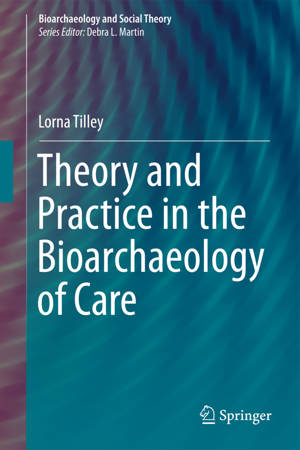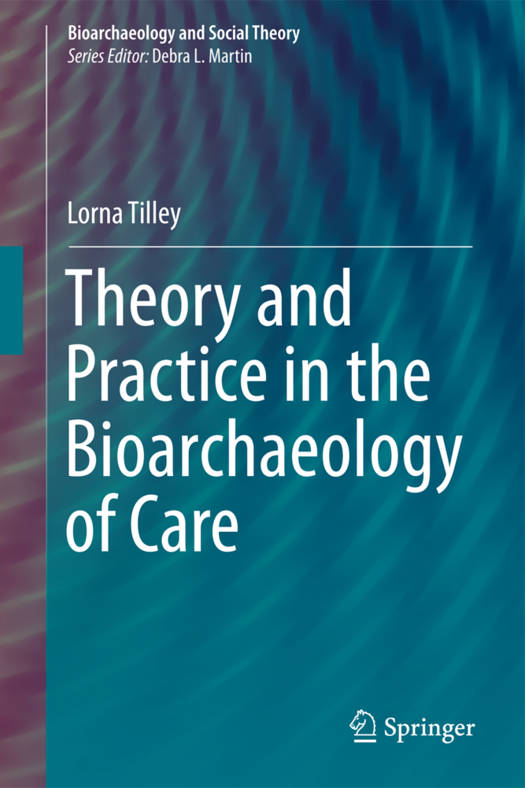
- Afhalen na 1 uur in een winkel met voorraad
- Gratis thuislevering in België vanaf € 30
- Ruim aanbod met 7 miljoen producten
- Afhalen na 1 uur in een winkel met voorraad
- Gratis thuislevering in België vanaf € 30
- Ruim aanbod met 7 miljoen producten
Zoeken
Omschrijving
This book provides the first comprehensive introduction to, and explanation of, the theory and practice of the 'bioarchaeology of care', an original, fully theorised and contextualised case study-based approach designed to identify and interpret cases of care provision in prehistory. The applied methodology comprises four stages of analysis, each building on the content of the preceding one(s), which provide the framework for this process. Theory and Practice in the Bioarchaeology of Care is the primary source of information on this new approach and serves as a manual for its implementation. It elaborates the foundations on which the bioarchaeology of care is constructed; it leads the reader through the methodology; and it provides three detailed examples of prehistoric caregiving which illustrate how bioarchaeology of care analysis has the capacity to reveal aspects of past group and individual identity and lifeways which might otherwise have remained unknown.
Specificaties
Betrokkenen
- Auteur(s):
- Uitgeverij:
Inhoud
- Aantal bladzijden:
- 319
- Taal:
- Engels
- Reeks:
Eigenschappen
- Productcode (EAN):
- 9783319188591
- Verschijningsdatum:
- 11/09/2015
- Uitvoering:
- Hardcover
- Formaat:
- Genaaid
- Afmetingen:
- 158 mm x 242 mm
- Gewicht:
- 920 g

Alleen bij Standaard Boekhandel
+ 179 punten op je klantenkaart van Standaard Boekhandel
Beoordelingen
We publiceren alleen reviews die voldoen aan de voorwaarden voor reviews. Bekijk onze voorwaarden voor reviews.











